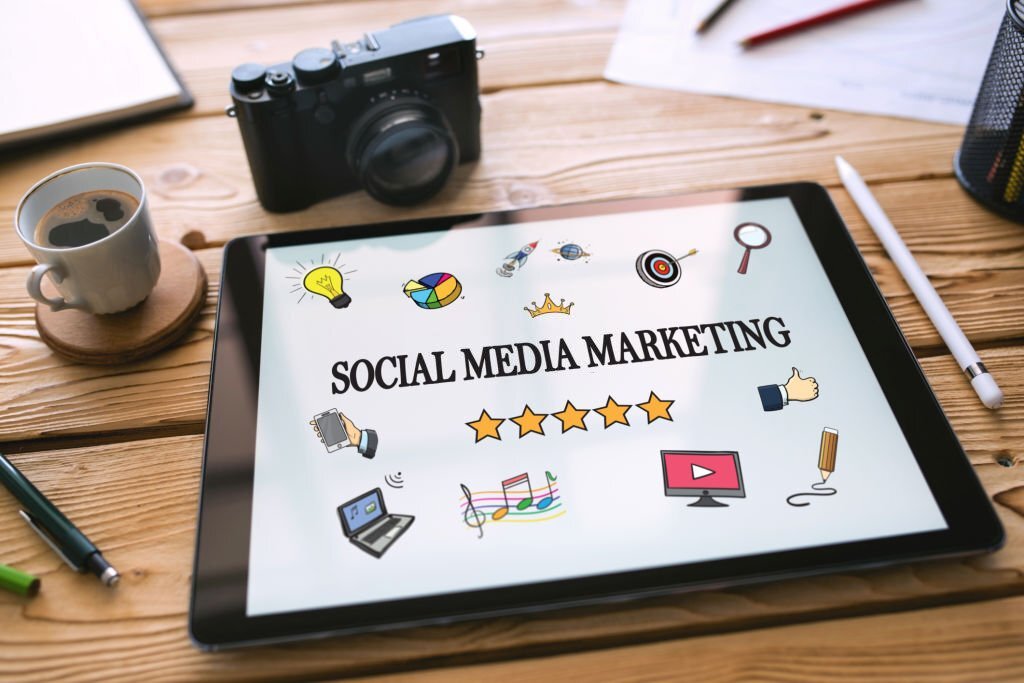The SaaS industry became a $145 billion industry in 2021, and it’s showing no signs of slowing down. SaaS companies are taking over our personal and professional lives. This is excellent news for the customers, but if you’re a SaaS company, you need to re-think your SaaS marketing strategy to survive in this cut-throat competition.
What makes a SaaS strategy? How do you create a marketing strategy for SaaS? Is there any growth marketing platform to boost my business? What can help my company differentiate? We know all these questions are running in your mind, and we’re here to answer them one by one. Let’s understand a bit of context before we get to the business.
What Makes SaaS Marketing Different?
On the surface, there’s not much to differentiate the marketing of SaaS from other products and services. However, it’s a different ball game when you unfold the layers.
Firstly, SaaS marketing is quite different from marketing a physical product or a specific service. It’s a product as customers will use it but have no physical presence. Being internet-based, it’s a service but involves significantly less service than typical service businesses.
Let’s see five points that make SaaS marketing a different animal compared to the rest.
Intangible Product
Software is neither a physical product, nor it’s tangible. They’re complex programs with many features and can be challenging to understand. Thus, the first challenge of SaaS marketing lies in simplifying it for the end-users. In other words, you must market it in a non-nerdy way.
Customer
Most SaaS software companies target businesses – be it B2C or B2B. Thus, the SaaS marketing strategy must be targeted at the decision-makers of these businesses. These people aren’t like everyday people. They’re highly informed, impatient, and need immediate impact. They won’t give a second thought to cancelling a subscription if something is not adding value to their business or is too complicated for their team.
That’s why any SaaS marketing has to be focused on creating long-term relationships. Most of your efforts will hook them to your product, which can only happen if it’s good enough.
Longer Sales Cycle
A longer sales cycle is one of the things that comes with having companies as your target audience. The companies will ask many questions and try your product before deciding to integrate it into their day-to-day business.
Competition
The SaaS industry is booming, and many companies are out there to capitalize on it. A simple search of ‘project management software will give you 1200+ results. Many of these will be providing free services to attract customers. Now that’s a lot of competition you’re up against.
Top 5 SaaS Marketing Strategy To Scale Your Business
Now that you have a fair bit of idea of the game you’re in let us get straight to the business. We’ve outlined five marketing strategies that are tailor-made for SaaS businesses. You might not be able to work on them at once, but you need to start fighting on at least a few fronts to win the long war. Let’s get started!
1. Optimize Your Website
Your website is your online shop and the first thing your prospects will look at. Thus, it has to go beyond the look and feel to convert those leads into customers.
No set template works for any SaaS business out there. If you see the websites of TeamWork and ClickUp, two of the most widely used project management software, they’re drastically different. However, there are common principles at work in any good website.
To take your website conversion rate to the optimum level, you must do the following things right on the landing page or home page:
- Use CTAs that prompt action
- Explanatory video of your software
- Show in-product visuals
- Put client testimonials to build trust
- Explain how the product works
- Create excellent content that hooks readers
- Write the product ‘why’ in a single line
- Put chat and contact details to increase accessibility
- Make visitors scroll beyond the FOLD
There’s no “best” way to create your website; you must do constant experimentation to find the right combination across all the pages.
2. SEO
If there’s only one marketing channel that your SaaS business can focus on, then it has to be SEO (search engine optimization).
As per a study, over 26% of traffic on SaaS websites comes from search engines, thus making them the most significant sources of new visitors for SaaS companies. This is 10% more than the next marketing channel, referrals.
When it comes to SEO, there are two parts to it: on-page SEO and off-page SEO.
On-page SEO refers to everything you can do on your website. You’ll need to create content that people want to read, link to, and share. This content will be based on keyword research and should be optimized by using internal linking, meta titles, and descriptions.
Apart from the content, your website must be SEO-optimized. It must meet Google’s criteria, including page speed, security, user experience, etc.
As far as off-page SEO is concerned, it mainly refers to link-building but not the kind of link building where you create links by hook and crook. It means creating high-quality backlinks that add value. Plus, it boosts if influential social media accounts refer to your content.
Regarding SEO, you need to keep in mind that it’ll take at least six to eight months to start seeing some kinds of results. Even though it might not give any returns right now, it has to be one of the top priorities for the long term.
3. Leverage Referrals
When it comes to SaaS, referrals are the second most significant traffic source. They lead to higher sales and faster deals with relatively low acquisition costs. Canva, Todoist, and DropBox are some companies that have created successful referral programs.
One of the first requirements of a successful referral program is to have a product that your customers love to use. In other words, you must do it only when you have a set of loyal customers. After all, these people are going to promote your business.
Another thing that you must keep in mind is to give the right incentive to the customers – both in terms of its nature and value. Firstly, the incentive must be helpful to your customers. On top of that, it doesn’t have to be too heavy or less.
To run a referral program, you must create a landing page. The page must give an idea of an ideal referral, such as designation, industry, company size, etc. Plus, it must also mention the incentive and how/when they’ll get it.
One common mistake I’ve seen in many companies starting their referral programs is that they think of referral marketing programs as some magic bullet that will bring customers on its own. Beneath lies the paradigm that just because they’re throwing money, it has to produce results. Needless to say, they’re wrong.
No matter how great your referral marketing program is, you must communicate and market it in the right way to ensure that you achieve your goals.
4. Free Trial
Integrating any software into a business is not a minor deal as it demands an investment of time and money. That’s why businesses are wary when it comes to trying new ones.
Giving free product trials is an excellent customer acquisition strategy if you’re confident that the product is good enough for the people to become habituated.
Note that when you give free trials to 100 people, almost 80-90 of them will never pay and become customers. The opportunity lies in the rest of 10-20% of people who love the experience of your product.
It works because no amount of visuals, descriptions, or videos can give an idea about the product. You might also have seen companies offering product demos for the same reason.
Zoho, Mailchimp, and Canva are some of the companies that have created a good customer acquisition strategy by offering free product trials.
5. Establish Thought Leadership
Unless your product is the first of its kind globally, there won’t be much to separate between you and your competitors. Apart from the product, pricing, and service, it would be best to give them an incentive that would put the scale in your favour. This element is trust, and positioning yourself as a thought leader is one of the best ways.
When it comes to creating thought leadership, you can build your personal brand or position your company as an expert. It’s even better if you can do both. But how do you establish thought leadership? Here’s how:
- We are creating audio/video content and talking about industry, innovations, problems, etc.
- Publishing bylined / guest blogs on prestigious platforms
- Publishing white papers about a topic that adds value to your target audience
- Giving webinars and organizing talks at trade shows/conferences
- Writing ‘best practice’ blog posts and e-books
Thought leadership always works because it bridges the trust gap between you and your prospects. Thus, the more expertise you can build and show, the better results you’ll get.
To build thought leadership, you need to create a content calendar with various formats and targets prospects based on their current position in the buying cycle. One of the essential values while creating content – be it of any format – is to have an air of humility around it. Nobody likes arrogant showoffs who think they know everything.
LeanSummits: Modern-Day Growth Marketing Agency
Seeing so many companies struggle with their marketing efforts, we decided to leverage our experience and start LeanSummits, a modern-day growth marketing agency.
We collaborate with business leaders to help them address their most pressing business needs and seize the most promising business solutions. LSS is an innovator in business strategy and believes in personalized approaches.
We bring extensive industry and functional expertise and a breadth of perspectives to the table, challenging the status quo and igniting change inside the company. We are motivated by the goal of helping our clients to thrive within their industry while also enabling them to create a better work environment. We do this via a collaborative strategy that is unique to the firm and at all levels of the client organization.
Our emphasis is to create solutions that combine the power of data and creativity to boost your business. Schedule a free consultation to see how we can help you.



